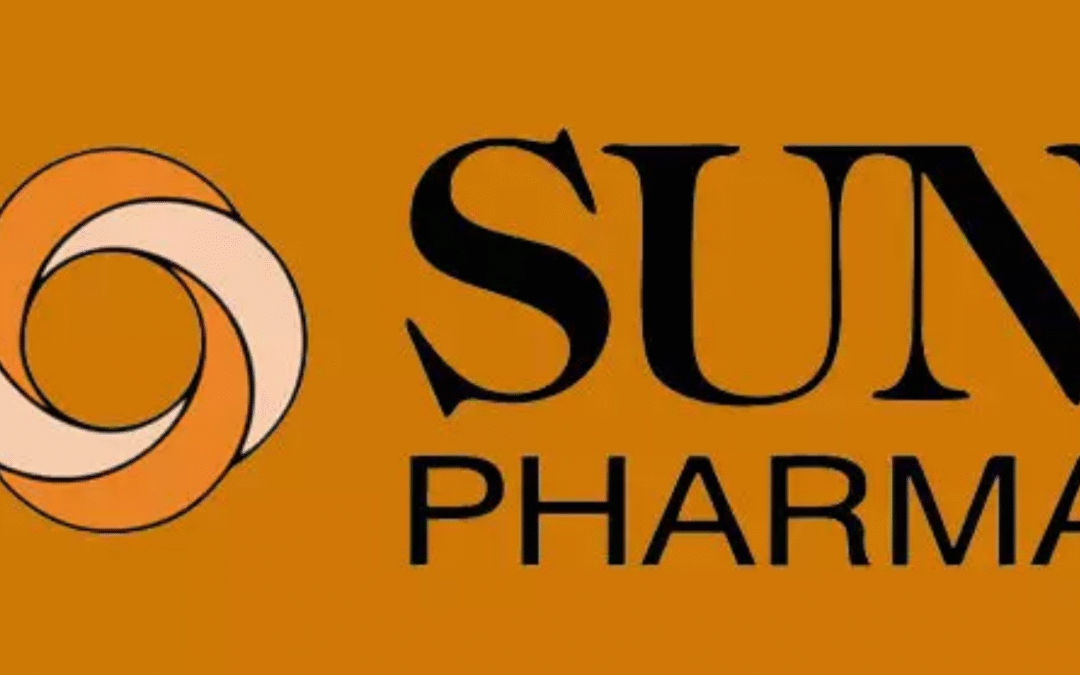The Indian pharmaceutical industry is facing a complex global trade landscape, with contrasting developments in China and the US. China has reduced import duties on Indian pharma products by 30%, effectively enabling near-zero-cost access, providing a significant growth opportunity in a key Asian market. On the other hand, the US has announced a 100% tariff on imported branded and patented drugs, effective October 2025, which will put pressure on Indian companies reliant on US sales.
Companies such as Aurobindo Pharma, Lupin, and Sun Pharma have high US revenue exposure, making them vulnerable to the tariff. Aurobindo Pharma has a 46.7% exposure, Lupin has 35.8%, and Sun Pharma has 32.7%. In contrast, companies like Cipla, with a 14.1% exposure, are relatively insulated due to their focus on generics.
The US tariff primarily targets branded and patented drugs, which may exempt generics. However, the uncertainty surrounding the tariff’s scope and impact on generics can impede strategic planning and operational continuity. China’s reduced import duties, on the other hand, significantly improve the cost competitiveness of Indian exports, offering a valuable alternative market to mitigate US exposure.
To navigate this complex landscape, Indian pharmaceutical companies should consider strategic adjustments, such as portfolio segmentation, market diversification, and capex and manufacturing strategy. They should distinguish between US tariff-sensitive products and less vulnerable categories, expand their footprint in China and other Asian markets, and consider US production facilities to gain tariff exemptions.
Companies can leverage China’s favorable policies to diversify revenue streams, enhance margins, and mitigate geopolitical trade risks. Continuous monitoring of policy developments, revenue allocations, and strategic investments will be critical for Indian pharma to sustain global competitiveness in this dynamic landscape. By doing so, Indian pharmaceutical exporters can capitalize on growth opportunities in China and other markets, while minimizing the impact of the US tariff on their business.
